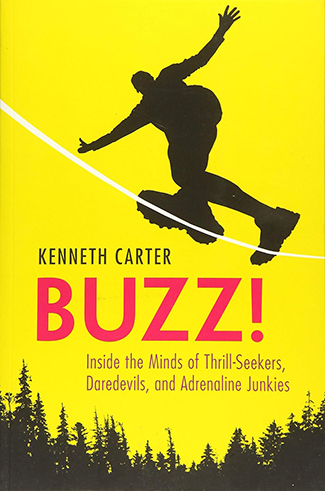
Are You a Thrill Seeker or a Chill Seeker?
The Art of Manliness
Sensation Seeking & Age
Summary: Sensation seeking tends to decrease with age due to both biological factors (like decreasing testosterone levels) and environmental anchors, such as marriage and children. High sensation seeking can be influenced by upbringing, like growing up in a large family or having controlling parents, and tends to correlate with lower perceptions of risk. Insights:
- Testosterone levels peak in adolescence, coinciding with higher sensation seeking, and decrease with age.
- Having "anchors" in life, like family, increases risk aversion and reduces sensation-seeking behavior.
- Growing up in chaotic environments, like large families, can contribute to developing high sensation seeking traits. Proper Nouns:
- Testosterone: Hormone linked to higher sensation-seeking behavior, particularly in men.
- MAO: A chemical associated with sensation-seeking that decreases with age.
Research
- How do societal expectations influence sensation-seeking behaviors across different age groups?
- Are there effective interventions to modify sensation-seeking tendencies?
- What are the long-term impacts of high sensation-seeking on mental and physical health?
00:00
Transcript
Play full episode
Remember Everything You Learn from Podcasts
Save insights instantly, chat with episodes, and build lasting knowledge - all powered by AI.



